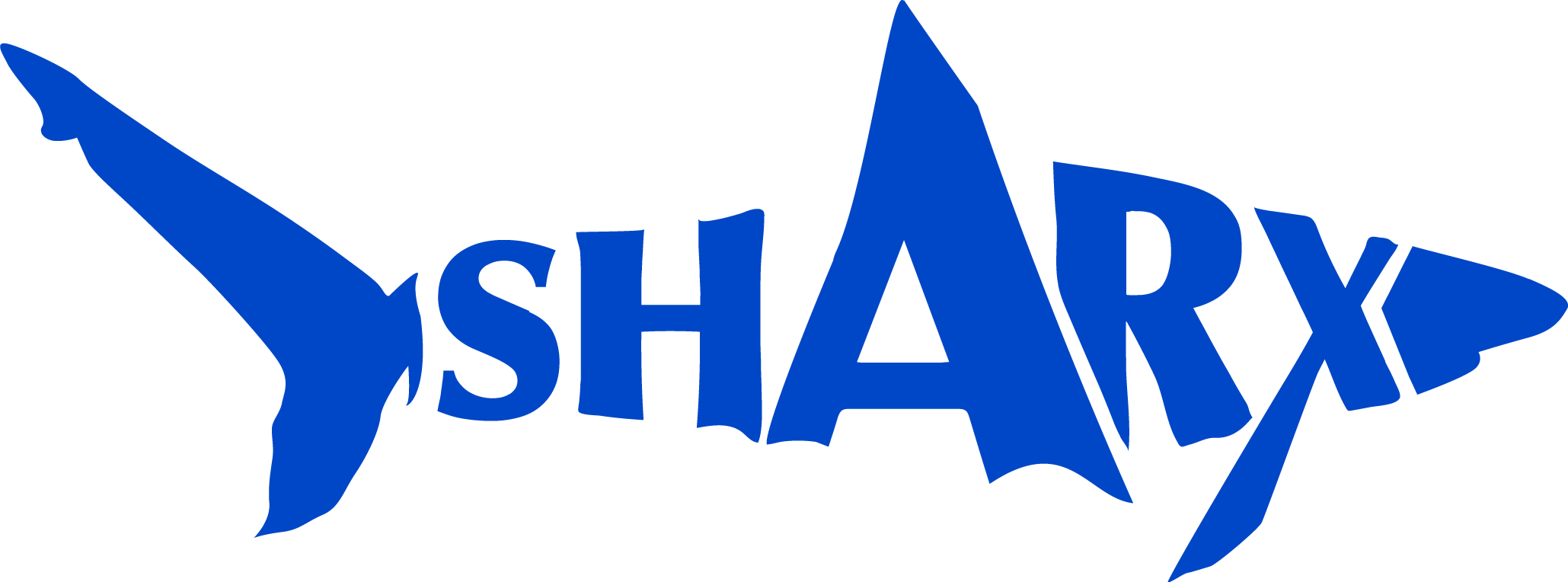The Next Hidden Middleman: How Wholesalers Are Tightening Their Grip on Drug Access
By
A new trend is reshaping how specialty drugs are priced and delivered, and it is happening quietly behind the scenes. Major pharmaceutical wholesalers like Cencora, Cardinal Health, and McKesson are no longer just distributing medications. They are now investing in or managing physician practices, especially in high-cost areas like oncology, urology, and ophthalmology.
Altogether, these companies have spent billions of dollars acquiring management groups that oversee doctoral practices. On the surface, it looks like “streamlining care.” In reality, it is another layer of consolidation that gives wholesalers even greater control over which drugs are prescribed, how they’re purchased, and what employers are ultimately responsible for paying.

The New Layer of Control
This “vertical integration” means wholesalers are now on both sides of the transaction:
- They supply the medications, and
- They influence the practices that administer them.
That dual position gives them enormous leverage. By owning or managing practices, wholesalers can guide drug choices toward preferred or higher-margin products, decisions that used to be made independently by physicians. Because these arrangements operate within private contracts, there is little visibility into pricing, cost drivers, or financial incentives.
For employers already managing unpredictable specialty drug spend, this creates one more hidden hand in an already opaque system.

Why It Matters to Employers and Brokers
The “buy-and-bill” market, where physicians purchase drugs, administer them, and then bill insurance, has always been complex. But when wholesalers control both the distribution and the delivery, transparency becomes nearly impossible.
For self-funded employers, that means:
- Less control over which drugs are prescribed to their members.
- Less visibility into where the dollars go.
- More room for markups and misaligned incentives.
The same middlemen who have driven up pharmacy costs are now expanding into the provider space, bringing the same conflicts and lack of transparency with them.
The SHARx Difference: Clarity in a Consolidating Market
At SHARx, we see this shift as another indicator that the pharmaceutical supply chain is not getting any simpler; it is getting more consolidated. And with every merger or acquisition, employers lose a little more insight into what they are really paying for.

That’s why SHARx moves in the opposite direction. Where others build walls, we create visibility. Where others profit from complexity, we bring clarity.
SHARx empowers brokers to deliver measurable impact and improve access to high-cost medications without compromising the member experience.
By connecting members directly to the medications they need, and removing unnecessary intermediaries, SHARx restores competition and accountability. Employers gain full visibility into every transaction, every opportunity to reduce spend, and every member outcome.
Looking Ahead
As wholesalers expand their reach into physician practices, employers should be asking the hard questions:
- Who really benefits when drug distributors also control the point of care?
- Are prescribing decisions driven by medical need or financial incentive?
- And who is protecting the employer’s bottom line in this new structure?
The future of drug access will be shaped by transparency. Consolidation may make the system more efficient for wholesalers, but it rarely makes it fairer for employers or members.
At SHARx, we’re building a better path forward, one that gives employers and brokers the insight, control, and confidence they deserve. Because sustainable prescription savings start with transparency, accountability, and alignment — not consolidation.
